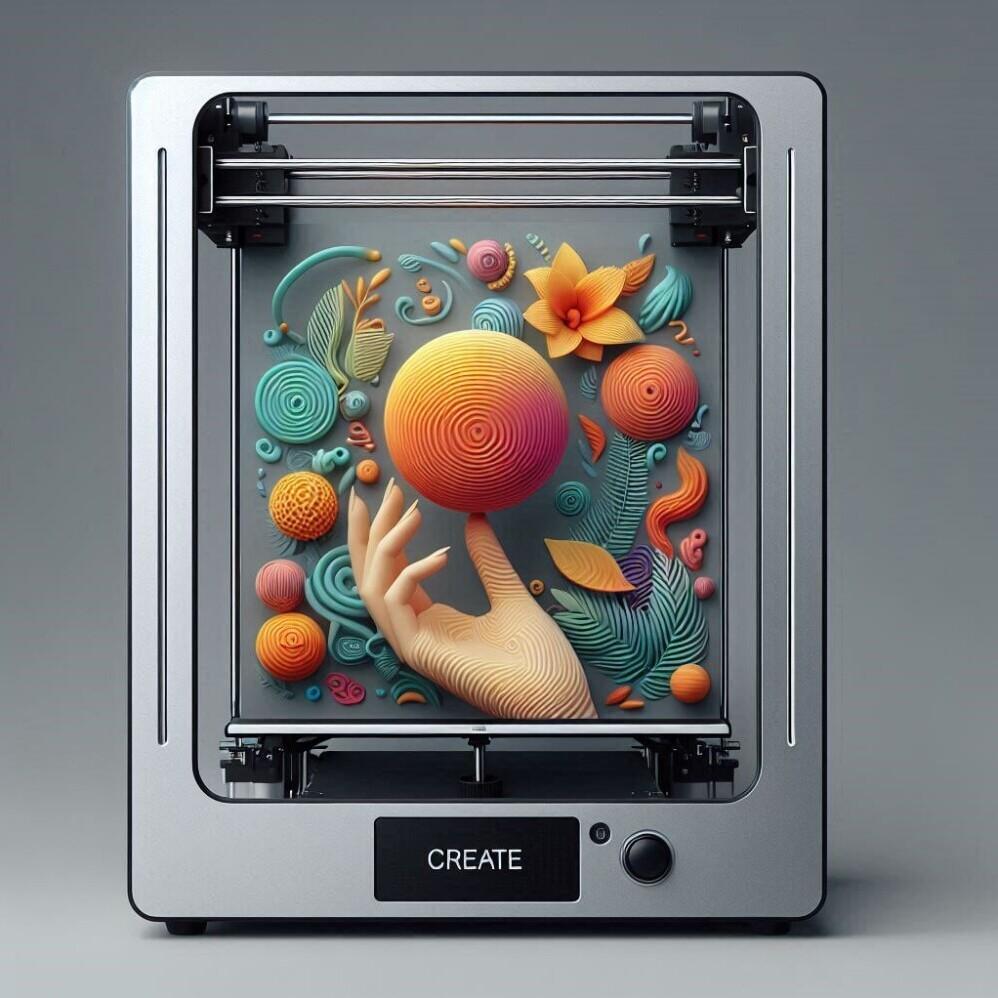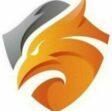
In the ever-evolving world of 3D printing, choosing the right printer can feel overwhelming. Numerous brands like Flashforge, Creality, and Prusa offer competitive products, each with its strengths and unique features. Flashforge stands out with its user-friendly designs and advanced features, positioning itself as an ideal choice for both beginners and seasoned enthusiasts alike. This comprehensive guide aims to explore the differences and advantages Flashforge offers over its closest competitors, helping you make an informed decision tailored to your specific needs.
Ease of Use
When stepping into the fascinating world of 3D printing, the ease of use can significantly impact your experience. Flashforge excels in creating intuitive and user-friendly designs. Models such as the Adventurer series are particularly notable for their simplified interfaces and straightforward setup processes. Unlike many other brands, which can require considerable tinkering before your first successful print, Flashforge printers provide a genuine plug-and-play experience.
For example, the Flashforge Adventurer 3 is renowned for its seamless user experience. It comes fully assembled, meaning you can go from unboxing to printing your first project in less than half an hour. Its touchscreen interface is clear, concise, and easily navigable, perfect for educational environments, beginners, or hobbyists who prefer focusing on their creativity rather than troubleshooting complex machinery.
Key Features
Flashforge printers boast a range of advanced features that set them apart from competitors. Key functionalities like auto-leveling, filament detection, and Wi-Fi connectivity greatly enhance usability and reliability. These features significantly reduce common printing frustrations like bed-leveling mishaps or filament run-outs mid-print.
Auto-leveling in printers such as the Flashforge Finder and Adventurer series drastically simplifies setup, ensuring your print bed is perfectly level every time. Filament detection technology ensures that your projects aren’t interrupted unexpectedly; the printer will pause and alert you to replace filament before resuming precisely where it left off. Additionally, integrated Wi-Fi connectivity makes remote monitoring and print management possible through dedicated apps.
Comparatively, the popular Creality Ender 3 lacks these advanced features out-of-the-box, requiring additional upgrades and manual adjustments. While this can be appealing to those who enjoy customization and modification, users who value convenience and reliability often lean towards Flashforge.
Build Volume
Understanding build volume—the maximum size a printer can handle—is essential, as it directly influences the type of projects you can undertake. Flashforge provides an excellent range of build volumes suitable for various needs. For instance, the Flashforge Creator Pro and Guider series offer large build volumes suitable for professional-grade projects and complex prints.
Compared to Creality, Flashforge offers competitive sizes that accommodate most hobbyist and professional needs. While Creality’s Ender series, like the Ender 5, tends to provide slightly larger build areas at lower costs, Flashforge compensates with significantly enhanced reliability, ease of use, and advanced built-in features. The choice ultimately hinges on whether build volume or overall functionality is more critical to your specific printing requirements.
Material Compatibility
Material compatibility greatly affects the versatility of your 3D printer. Flashforge supports a wide array of filaments, including PLA, ABS, PETG, and specialized filaments like wood-fill, metal composites, and flexible TPU. This broad material compatibility allows users to experiment freely, accommodating creative endeavors from prototypes to artistic pieces.
While Prusa printers, such as the Prusa i3 MK3S+, are renowned for their ability to handle diverse materials exceptionally well, Flashforge printers offer comparable versatility with additional ease-of-use features. Creality, by contrast, often requires modifications and aftermarket upgrades to reliably handle more challenging filaments, potentially increasing the total cost and complexity of usage.
Pricing Considerations
Pricing is a crucial factor in selecting the right 3D printer. Flashforge models typically occupy a mid-tier price point, providing a balance between affordability and feature-rich capability. For instance, the Flashforge Adventurer series is priced competitively, offering a significant value proposition with its comprehensive plug-and-play setup, advanced safety features, and integrated connectivity.
Entry-level printers from brands like Creality are typically cheaper initially. However, the added costs of upgrades, maintenance, and potential troubleshooting might quickly offset initial savings. Conversely, Prusa printers, while known for exceptional build quality and community support, often come at a premium, reflecting their open-source versatility and reliability.
Flashforge strikes an ideal balance by providing affordable yet robust solutions, appealing to users seeking minimal hassle and a reliable printing experience without overspending.
Community and Support
Community support is a hidden yet vital asset when choosing a 3D printer. Flashforge is steadily building a vibrant user community, supported by robust customer service and extensive online resources. Their official forums, online groups, and responsive customer service teams ensure users feel supported throughout their 3D printing journey.
While Prusa boasts one of the most active and robust communities in the 3D printing world, due largely to its open-source ethos, Flashforge has been quickly catching up. Unlike Creality, which heavily relies on third-party forums and user-generated content for troubleshooting, Flashforge offers comprehensive direct support, significantly reducing downtime and frustration.
This strong support ecosystem translates into quicker solutions, better learning resources, and ultimately, a more enjoyable and productive user experience.
Conclusion,
Flashforge stands out in the competitive 3D printing market with its emphasis on ease of use, robust features, and excellent user support. Whether you are a beginner exploring your creativity, an educator seeking reliable classroom equipment, or a seasoned hobbyist, Flashforge printers offer a balanced package of usability, reliability, and advanced functionalities.
While competitors like Creality and Prusa each have their unique strengths—affordable customization options and vibrant open-source communities, respectively—Flashforge excels in providing ready-to-use solutions, minimizing setup complexity, and maximizing user enjoyment.
Consider your specific needs, budget, and project ambitions carefully. Flashforge’s offerings could provide the ideal combination of simplicity and functionality, ensuring your entry into 3D printing is both successful and enjoyable.
Are you eager to explore the world of 3D printing in more depth? Subscribe for more insights and detailed reviews on the latest in 3D printing technology. If you found this guide helpful, don’t hesitate to share it with fellow enthusiasts and friends exploring the vast possibilities of 3D printing. Share your thoughts, experiences, or preferred printers in the comments below—we’d love to hear from you!
Check out Flashforge printers here: Flashforge.

![[Flashforge]](https://static.shareasale.com/image/116595/AD5M.jpg)
